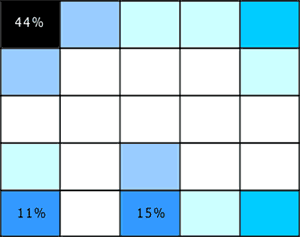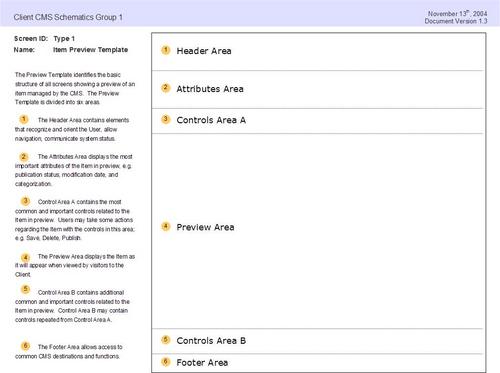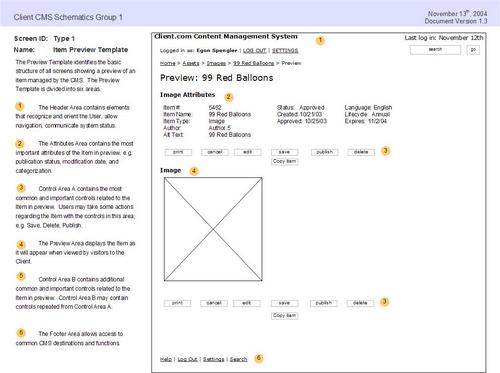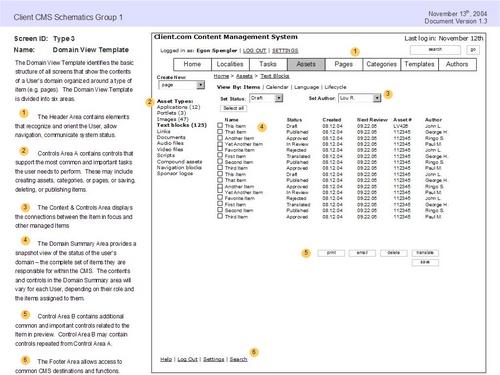The Rise of Holistic Thinking
Good design is the result of an unusual mix of two very different ways of thinking that must work together to a common end; reductive approaches (to define a problem) and holistic approaches (to solve — or redefine — the problem by considering every aspect).
The combination is a powerful synthesis which relies on a balance between competing forces.
Designers have understood the importance of this balance — and thus the indispensable role of holistic thinking in design methods — for a long time. But as a consequence of the long-standing dominance of industrial production processes and logics, which eliminated or severely restricted opportunities for most people to design any part of the fabric of their everyday lives, holistic approaches and thinking have had minimal visibility in the modern cultural landscape.
That seems to be changing, and I suspect few would dispute the rise in visibility and importance of design within the cultural landscape. Some might say we are in the midst of a renaissance of design (that comparison breaks down under a critical lens, in the end demonstrating more the positive aspirations of design advocates than anything else).
Looking at the culture as a whole, the rise of design is one aspect of a larger and much more important cultural shift: the rise of holistic thinking. This shift towards holistic views is changing the things we talk about and think about, and hold central as the elements of our basic frame of reference — in short, the way we conceive of the world.
The concepts in the list below are good examples of the rise of holistic thinking across disciplines and fields. Seemingly willy-nilly (which is exactly the point!), all these ideas rely on, include, or enhance holistic viewpoints at some level:
- networks
- collective intelligence
- emergence
- the Internet
- systems thinking
- globalization
- design thinking
- sustainability
- cross-cultural communication
- climate change
- ethnography
- multi-culturalism
- patterns
- complexity
- internationalization / localization
- social media
- the mashup
- ecology
- remixing
- collaborative production models
- the green movement
- open source
- urbanism and urban planning
- the creative class
- architecture of participation
- the knowledge economy
It’s no accident that this list is also an index of many of the major ideas and concerns of our day. What does it mean? Well, it’s good for design at the moment. And maybe there’s a book in it for someone with the time to synthesize an idea and work up a solid treatment…








